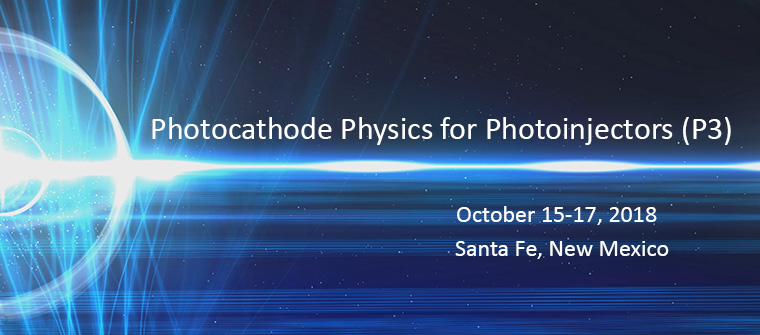Speaker
Description
Electron sources driven by femtosecond laser have important applications in many aspects, and the research about the intrinsic emittance is becoming more and more crucial. The intrinsic emittance of polycrystalline copper cathode, which was illuminated by femtosecond pulses (FWHM of the pulse duration was about 100 fs) with photon energies above and below the work function, was measured with an extremely low bunch charge (single-electron pulses) based on free expansion method. A minimum emittance was obtained at the photon energy very close to the effective work function of the cathode. When the photon energy decreased below the effective work function, emittance increased rather than decreased or flattened out to a constant. By investigating the dependence of photocurrent density on the incident laser intensity, we found the emission excited by pulsed photons with sub-work-function energies contained two-photon photoemission. In addition, the portion of two-photon photoemission current increased with the reduction of photon energy. We attributed the increase of emittance to the effect of two-photon photoemission. This work shows that conventional method of reducing the photon energy of excited light source to approach the room temperature limit of the intrinsic emittance may be infeasible for femtosecond laser. There would be an optimized photon energy value near the work function to obtain the lowest emittance for pulsed laser pumped photocathode.




